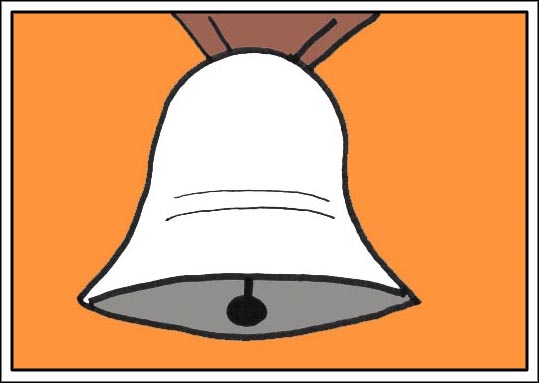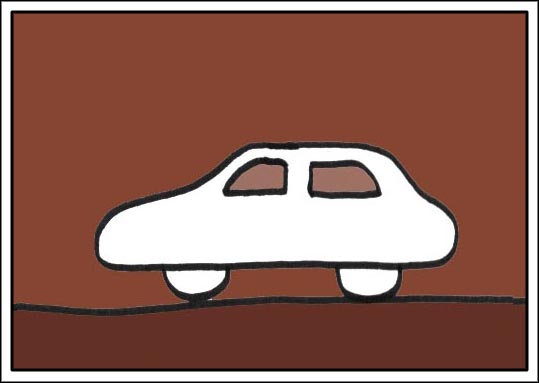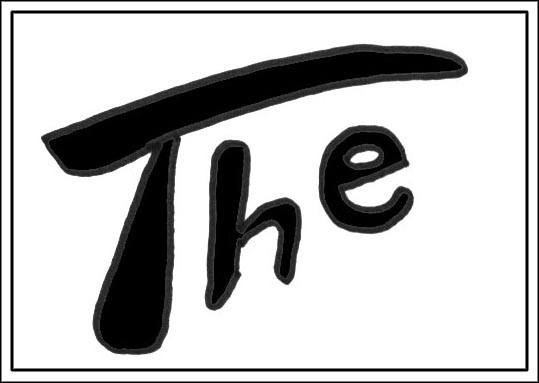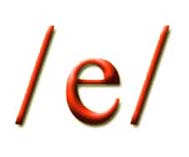
|
« Back
|
|
Phonetics Menu |
| ® Motion phonics |
These motions are part of a technique to teach/learn phonetics called ® Motion Phonics.

motions are cool !
When we learn something new, we always need to make a mental connection between the new thing and some old knowledge we have on our minds. So when we learn a new phonetic system the natural thing is to make connections between the new sounds and the sounds in our own language. The problem here is that using these connections our mind gets very confused about the new and the old sounds (the way we learn a language is not the same as the way we learn other things) and it will be very difficult to pronounce or understand the new sounds. But without creating mental connections it is even more difficult to master the new sounds. So?
The basic idea behind this ® Motion phonics is to help students master the new sounds creating mental connections between the sounds and motions. A motion is easy to remember and is something very concrete, distinct, so it is a solid anchor for the new abstract and confusing sounds the students are going to learn. This way, a student can soon forget about the sounds of their own language and concentrate on the new sounds with a minimum of interference. Also, the teacher can use the motions to help the students recognise some sounds while he/she is speaking (when it is not practical to pronounce the name of the vowel). Besides, having 12 motions which are different will help the student be aware that there are 12 vowels in English which are different, not related.
THE CARDS
You can use these cards to have a visual memory of all the vowels or you can download them and print for your students.
 |
 |
 |
 |
 |
 |
 |
 |
 |
 |
 |
 |
COLOUR CODE TRANSCRIPTIONS
As you can see, every vowel has a different colour, which helps to keep them separate in your mind. If you are a teacher, you can also use that colour code to remind your students of the associated vowel sound. For children, using the colour code may be a good alternative to the symbols in the phonetic transcription, so you can "transcribe" the sounds of a word or sentence by using coloured dots under the syllables as in this example:

You can use the split circle for all of the diphthongs (they are so different that confusing them is not a problem) and the purple bar on top of a vowel to mark the stress. The colour code is far more fun for children and has a stronger impact on them.
® Motion Phonics is a registered methodology system. Free use of the concept and materials is granted except for monetary or any other profitable purposes. © Angel Castaño, 2009







































